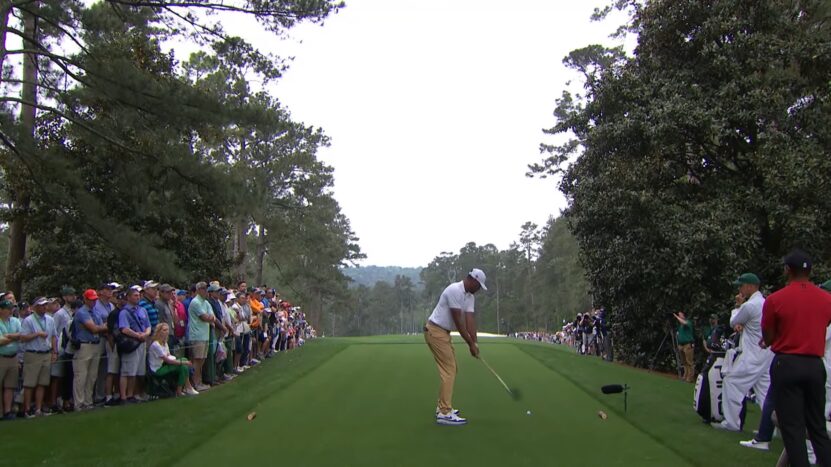When you step onto the golf course, one of the most crucial questions you ask is, “How far can I hit with this club?” Knowing the average distances for each type of club can not only help you choose the right club for each shot but also help in improving your overall game strategy.
This article will explore the average distances associated with various golf clubs – from the mighty driver to the delicate wedges.
The Mighty Driver: King of Distance
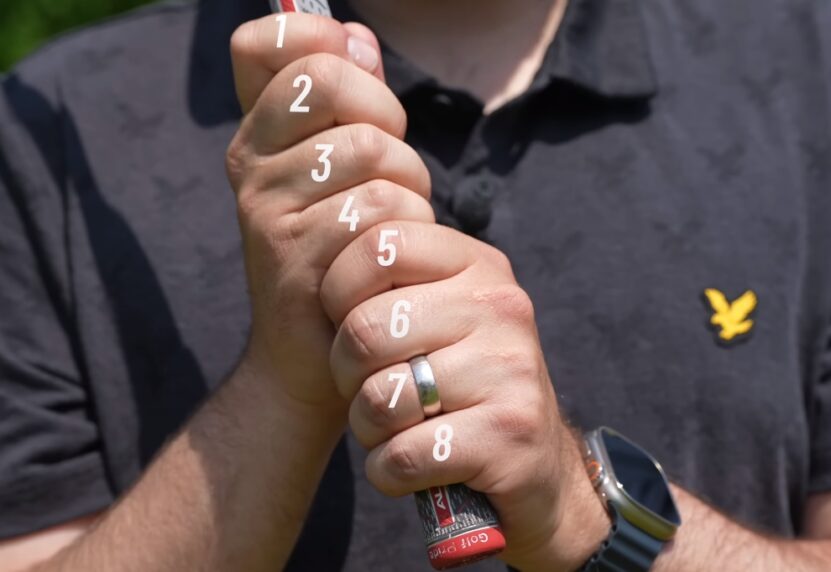
The driver, also referred to as the 1-wood is the club that can cover the maximum distance in a golfer’s bag. With the advancements in technology, modern drivers are designed to optimize launch angles and reduce spin, giving golfers both distance and accuracy.
Average Distance with the Driver
For professional male golfers, the average drive distance is between 280 to 320 yards, while for female professionals, it’s between 230 to 270 yards. For amateur golfers, the distance varies significantly based on skill level:
- Men: 200-260 yards
- Women: 150-200 yards
The Woods: Power and Precision
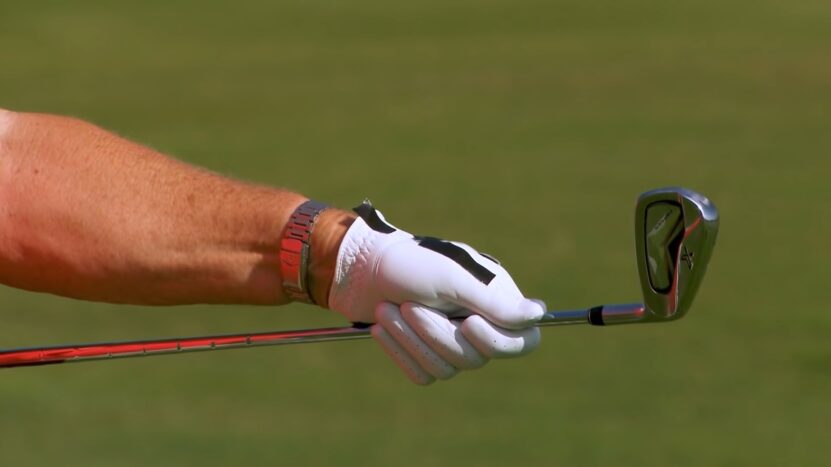
Woods, which are numbered from 3 to 7, follow the driver in terms of distance. They have a smaller clubhead than the driver but are still designed to cover considerable ground, especially when you need more control than a driver can offer.
Average Distance with the Woods
The distance covered by woods depends on the specific wood number:
- 3-wood: 210-240 yards for men and 180-210 yards for women
- 5-wood: 190-220 yards for men and 165-195 yards for women
- 7-wood: 170-200 yards for men and 150-180 yards for women
The Irons: Precision Over Power
Irons are typically used when approach shots to the green are needed. Their design provides a more angled face which helps in achieving both height and accuracy, making them indispensable in a golfer’s arsenal.
Average Distance with the Irons
Distances covered by irons depend on the iron number:
- 2-iron: 190-210 yards for men and 170-190 yards for women
- 4-iron: 170-185 yards for men and 150-170 yards for women
- 6-iron: 150-170 yards for men and 130-150 yards for women
- 8-iron: 130-150 yards for men and 110-130 yards for women
The Wedges: Mastering the Short Game
Wedges are specialized irons designed for short-distance shots, chips, pitches, and bunker plays. With a higher loft than other clubs, they allow the golfer to achieve maximum height and spin, ensuring the ball stops quickly on the green.
Average Distance with the Wedges
There are various types of wedges, and each offers different average distances:
- Pitching Wedge (PW): 110-140 yards for men and 90-120 yards for women
- Gap Wedge (GW): 90-120 yards for men and 80-110 yards for women
- Sand Wedge (SW): 70-100 yards for men and 60-90 yards for women
- Lob Wedge (LW): 40-70 yards for men and 30-60 yards for women
Club Selection
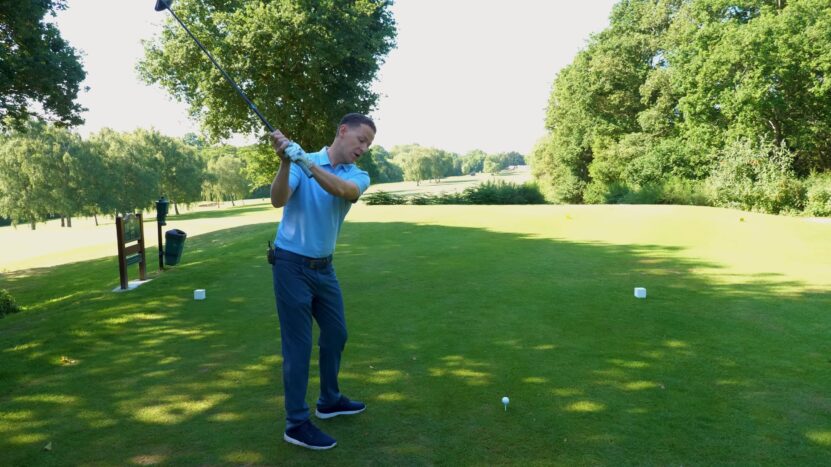
Club selection is a pivotal aspect of golf strategy. The correct choice can mean the difference between landing on the green or in a bunker. By understanding the intricacies of each club and how far it can send the ball, golfers can significantly improve their scoring opportunities.
Mastering the Art of Club Selection
Here are several points to consider when selecting a club:
- Evaluate your own strengths and weaknesses. Understanding your own game is the first step in optimal club selection.
- Consider the course conditions. Factors such as wind, elevation changes, and hazards can influence which club is best for a given situation.
- Take note of the lie. The ball’s position, whether in the rough, fairway, or a bunker, will affect your club choice.
Technology & Equipment
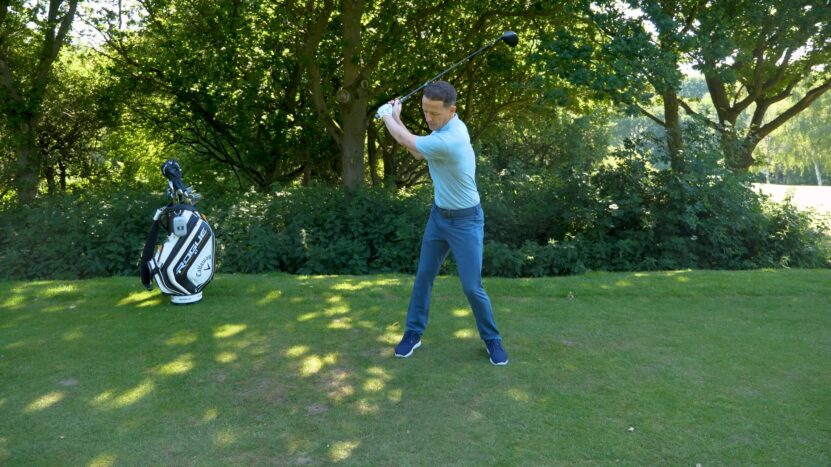
Golf technology and equipment have evolved drastically over the years, with innovations in club design, materials, and manufacturing processes enabling enhanced performance and greater customization.
Advancements and Impact on Distance
The impact of technology on golf club distances is profound. From adjustable clubheads to multi-material shafts, advancements have enabled golfers to optimize launch conditions, reduce spin, and increase ball speed, all contributing to greater distances.
- Custom Fitting: Tailoring clubs to individual swing characteristics can lead to significant improvements in distance and accuracy.
- Launch Monitors: These devices provide precise data on ball flight, spin rate, and impact location, helping golfers understand their game better and make informed equipment choices.
- Golf Balls: Developments in golf ball design and materials have also contributed to increased distances, with balls now optimized for various swing speeds and conditions.
Training & Technique

While having the right club is crucial, efficient swinging technique and regular training are equally important in unlocking the true distance potential of each club. Proper technique ensures optimal impact, while training helps in developing the necessary strength and flexibility.
Improving Distance through Training and Technique
Several strategies can help improve your distance with each club:
- Consistent Practice: Regular practice is paramount to enhancing your golfing technique and increasing distance.
- Professional Coaching: Getting lessons from a certified golf instructor can provide personalized insights and corrections to your swing mechanics.
- Physical Fitness: Maintaining good physical health through regular exercise and flexibility training can lead to improvements in swing speed and power, ultimately increasing the distance.
Perfecting the Swing
The golf swing is a complex, coordinated series of motions, and mastering it is crucial for optimizing distance. The power and precision of your swing can significantly influence how far the ball travels, regardless of the club used.
Keys to a Powerful Swing
There are several components that contribute to a powerful and effective swing:
- Balance and Posture: Maintaining balance throughout the swing is crucial. Proper posture enables a smoother rotation and helps in generating power.
- Grip and Alignment: A proper grip is the starting point of any good swing. Correct alignment of the body to the target is equally essential for hitting the ball straight and long.
- Swing Plane and Path: The trajectory of the club during the swing impacts the ball’s flight. A correct swing plane and path contribute to optimal ball contact.
Course Management
Course management involves making informed decisions about club selection, target areas, and shot types based on the golfer’s abilities and the course’s characteristics. It is the cerebral aspect of golf where strategy and knowledge come into play to navigate the course effectively.
Implementing Strategic Play
Strategic play requires considering various elements of the course:
- Risk and Reward Assessment: Weighing the potential gains against the possible setbacks of each shot is fundamental to effective course management.
- Weather Conditions: Elements like wind direction and speed can significantly influence the ball’s flight and, subsequently, club selection.
- Course Layout and Hole Positioning: Understanding the nuances of the course and the positioning of the holes can aid in deciding the type of shot and club to use.
The Mental Game

Golf is a game of precision and patience, and mental resilience and focus are pivotal in maneuvering through the highs and lows of the game. Cultivating a strong mental game can be the key to overcoming challenges and performing under pressure.
Strategies for a Strong Mental Game
Several strategies can help in building mental resilience and maintaining focus on the course:
- Positive Visualization: Imagining successful shots and visualizing the ball’s ideal flight path can boost confidence and enhance performance.
- Routine and Rhythm: Establishing a consistent pre-shot routine can help in maintaining focus and calming nerves during critical moments.
- Stress Management: Learning relaxation techniques and managing stress effectively can aid in maintaining composure and making better decisions on the course.
FAQs
Can a rangefinder help me in knowing the accurate distance I can cover with each club?
Absolutely! A rangefinder can precisely measure the distance from your ball to the target, allowing you to select the most suitable club for each shot based on your known averages with each club. This can be especially useful for approach shots to the green where accuracy is crucial.
How does one’s physical condition influence the average distance covered by each golf club?
One’s physical condition plays a significant role in golf club distances. Players in better physical condition tend to have more strength, flexibility, and endurance, allowing for increased swing speed and more controlled swings, potentially leading to greater distances.
Regular fitness and flexibility exercises can help improve overall physical condition and potentially increase the distance you can achieve with each club.
How does the choice of golf ball affect the average distance of golf clubs?
The type of golf ball used can indeed impact the average distance a club can achieve. Some golf balls are designed to maximize distance, typically featuring a harder cover and lower spin rates, allowing them to travel farther. Others may prioritize spin and control for better performance around the greens.
Thus, choosing a ball that aligns with your playing style and preferences can influence the distance gains with your clubs.
Can custom-fitted golf clubs significantly impact the average distance?
Yes, custom-fitted golf clubs can have a considerable impact on the average distance. Custom-fitted clubs are tailored to an individual’s unique swing characteristics, such as swing speed, attack angle, and ball speed, allowing for optimized performance, improved accuracy, and, often, increased distance.
They can help in aligning the club’s specifications with the player’s natural abilities and playing style.
Can the loft angle of the club impact the distance the ball travels?
Absolutely, the loft angle of a golf club significantly impacts the distance the ball can travel. A lower loft angle typically results in a lower trajectory and can lead to greater distances, especially in favorable wind conditions.
However, it may also reduce backspin, impacting the ball’s stopping power on the greens. Conversely, a higher loft angle will generally produce higher, shorter shots with more backspin, offering better control.
How does altitude affect the average distance achieved with golf clubs?
Altitude can significantly affect golf ball flight and, consequently, the distance achieved with golf clubs. At higher altitudes, the air is less dense, which reduces drag on the golf ball, allowing it to travel farther.
It’s not uncommon for golfers playing at higher elevations to experience an increase in their average distances, and adjustments in club selection may be needed to accommodate these altered flight characteristics.
Final Words
Understanding the average distances associated with each club can greatly enhance your strategy and shot selection on the golf course. However, it’s important to remember that these are average figures. Personal distances can vary based on factors like swing speed, technique, and the specific equipment used.
To truly know your distances, consider spending time on a practice range with a launch monitor or seeking the guidance of a golf professional. By doing so, you can tailor your game to your unique strengths and capabilities.

